Archives
- 2025-11
- 2025-10
- 2025-09
- 2025-04
- 2025-03
- 2025-02
- 2025-01
- 2024-12
- 2024-11
- 2024-10
- 2024-09
- 2024-08
- 2024-07
- 2024-06
- 2024-05
- 2024-04
- 2024-03
- 2024-02
- 2024-01
- 2023-12
- 2023-11
- 2023-10
- 2023-09
- 2023-08
- 2023-07
- 2023-06
- 2023-05
- 2023-04
- 2023-03
- 2023-02
- 2023-01
- 2022-12
- 2022-11
- 2022-10
- 2022-09
- 2022-08
- 2022-07
- 2022-06
- 2022-05
- 2022-04
- 2022-03
- 2022-02
- 2022-01
- 2021-12
- 2021-11
- 2021-10
- 2021-09
- 2021-08
- 2021-07
- 2021-06
- 2021-05
- 2021-04
- 2021-03
- 2021-02
- 2021-01
- 2020-12
- 2020-11
- 2020-10
- 2020-09
- 2020-08
- 2020-07
- 2020-06
- 2020-05
- 2020-04
- 2020-03
- 2020-02
- 2020-01
- 2019-12
- 2019-11
- 2019-10
- 2019-09
- 2019-08
- 2019-07
- 2019-06
- 2019-05
- 2019-04
- 2018-11
- 2018-10
- 2018-07
-
br Pharmacological anti aging approaches
2022-07-26

Pharmacological anti-aging approaches and the Hippo pathway Aging and age-related pathologies are the main causes of disabilities and death. As Magalhañes and colleagues suggest, the challenges of developing anti-aging pharmacological therapies may, in part, be due to the complexity of aging mole
-
The overall response rate to afatinib is comparable
2022-07-26
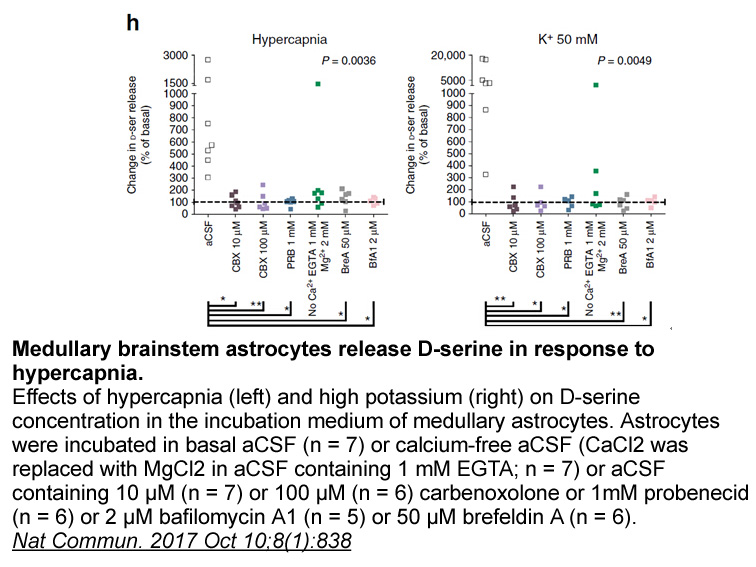
The 13% overall response rate to afatinib is comparable to a 19% response rate reported by Peters et al. [20] in a separate retrospective series investigating the use of afatinib in more heavily pretreated patients with HER2-mutant lung adenocarcinomas. Our 13% response rate is also comparable to an
-
Concerning GST we could appreciate that when snails were
2022-07-26
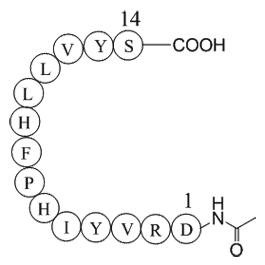
Concerning GST, we could appreciate that when snails were exposed to the chosen concentrations of chlorpyrifos, the activity was not modified. According to this result, Kristoff et al. (2008) and Domingues et al. (2007) showed no effects on GST in B. glabrata and L. variegatus exposed to azinphos-me
-
Over the last years numerous
2022-07-26
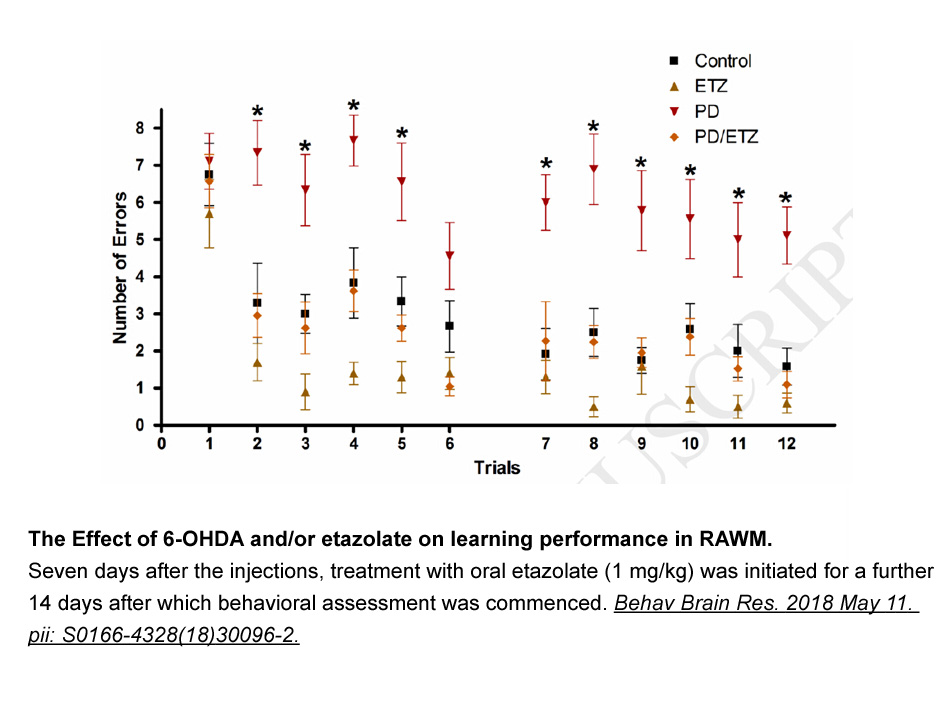
Over the last 15 years, numerous studies gave insights into sGC activation and binding of activators: Photoaffinity labelling studies with cinaciguat suggested the N-terminus of the β1 subunit as target region for this new drug [17]. Schmidt et al. identified the amino acids tyrosine 135, serine 137
-
aminopeptidase inhibitor Reduction of the hydrolysis of ATP
2022-07-26
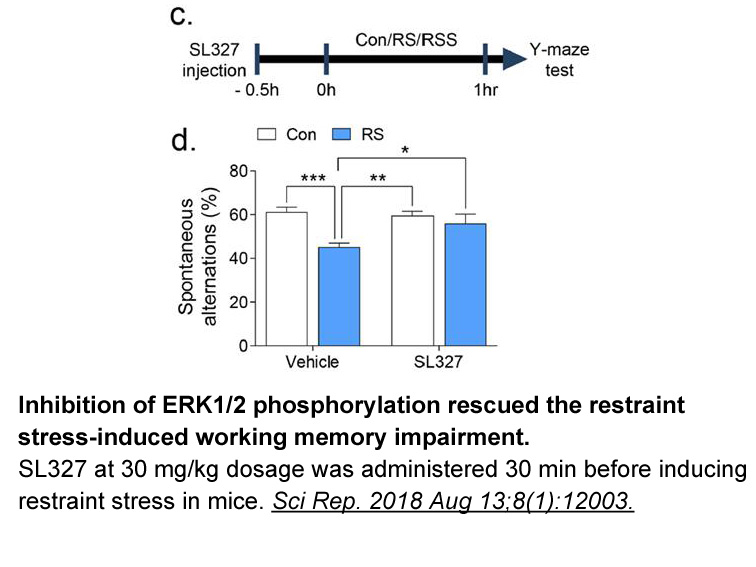
Reduction of the hydrolysis of ATP is an important strategy to reduce ischemia/reperfusion injury. Increased intracellular concentrations of solutes secondary to ATP depletion are known to result in osmotic swelling that may be sufficient to cause sarcolemmal rupture. Cinaciguat activates sGC direct
-
wnt inhibitor The imidazopyridines and related imidazopyrimi
2022-07-26

The imidazopyridines and related imidazopyrimidines – and – were constructed from the key amine intermediates – ( X=CH and Ar=2-FPh, X=N and Ar=2-FPh, X=CH and Ar=5-pyrimidine, X=CH and Ar=2-methyl-5-pyrimidine, and X=CF and Ar=2-methyl-5-pyrimidine). These were synthesized a modified Horner–Em
-
br Conclusions br Introduction Astrocytes contribute to phys
2022-07-26
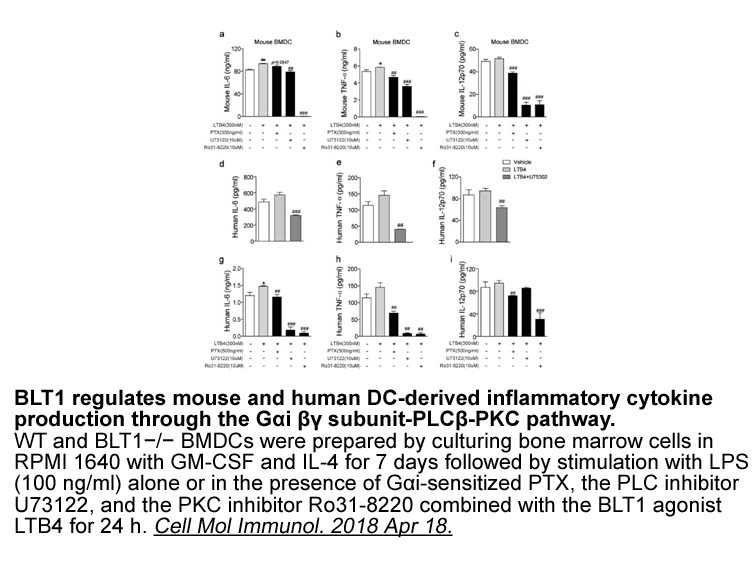
Conclusions Introduction Astrocytes contribute to physiological synthase function on many levels. They help maintain the physiological composition of the extracellular medium by, for instance, buffering potassium and uptake of neurotransmitters. They can also provide neurons with energy substr
-
Despite the association with asthma it is not
2022-07-26

Despite the association with asthma, it is not surprising that we did not find a relation between the percent predicted FEV1 and SNPs in GSNOR. FEV1 measured on a routine clinic visit is likely to be normal in most asthmatic children. FEV1 in children reflects a complex mix of factors in the growth
-
GPR is a G protein coupled receptor that has pro
2022-07-26
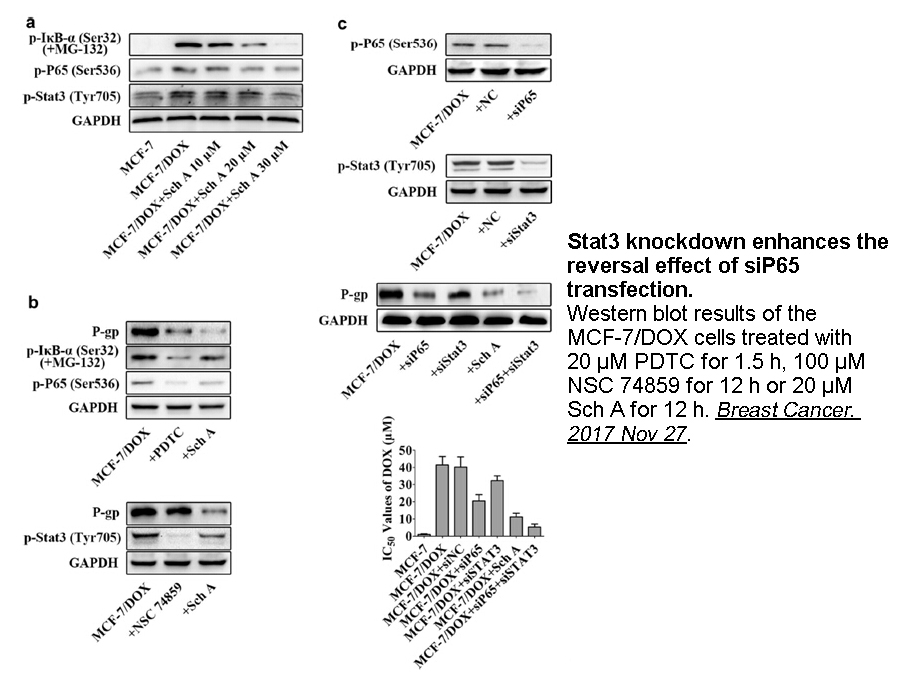
GPR55 is a G protein-coupled receptor that has pro-oncogenic properties and whose expression correlates with tumor aggressiveness and increased activation of extracellular signal-regulated kinase (ERK) cascade [12]. Elevated expression of GPR55 has been linked to aggressiveness in human pancreatic,
-
Introduction Non alcoholic hepatic steatosis
2022-07-26
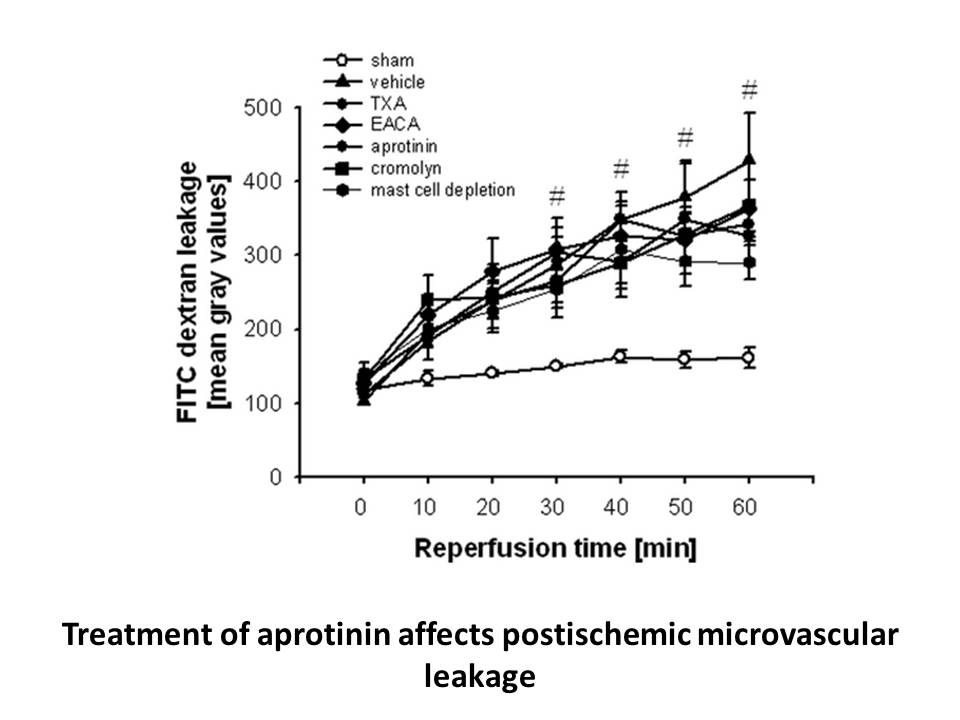
Introduction Non-alcoholic hepatic steatosis is characterized by the presence of steatosis in hepatocytes [1], which leads to the development of fatty liver [2]. It is strongly associated with obesity, insulin resistance, and type II diabetes [3]. They are major risk factors of non-alcoholic hepati
-
The mD gene obtained from Dr Dimiter
2022-07-26

The mD1.2 gene obtained from Dr. Dimiter S. Dimitrov was inserted into a pComb3X vector. The transcription and translation of pComb3X plasmid in cells is inhibited by rifampicin, which binds to bacterial DNA-dependent RNA polymerase. However, in the strain BL21 (DE3) expression system, there is over
-
Several studies have shown that regulation
2022-07-26
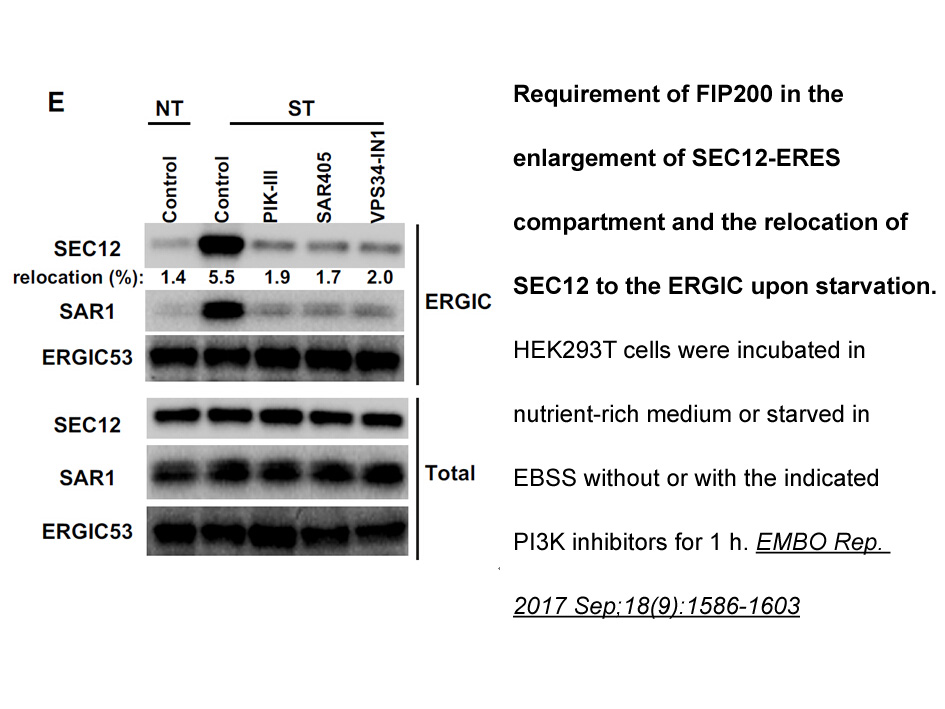
Several studies have shown that regulation of glutamate homeostasis is critical in relapse to many drugs of abuse [84,85]. Glutamate is transported by GLT-1, which accounted for about 90% of glutamate clearance from the synaptic cleft [14,15]. CEF is known to produce its effects through GLT-1 upregu
-
Human Glucocorticoid Receptor hGR was first cloned
2022-07-25
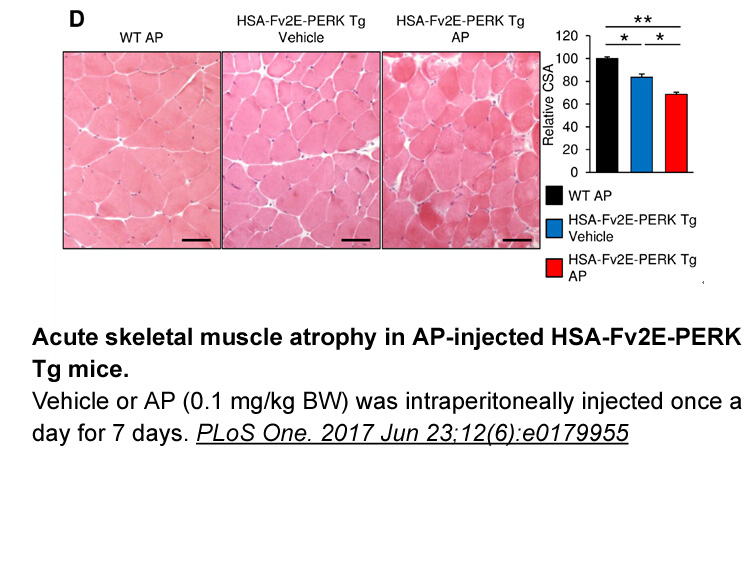
Human Glucocorticoid Receptor (hGR) was first cloned in 1985 (Hollenburg et al., 1985). It is a modular protein comprised of an N-terminal trans-activating domain (NTD), a C-terminal ligand-binding domain (LBD) and a central DNA- binding domain (DBD). The DBD is highly conserved and has two zinc fin
-
In an immunohistochemical analysis of gastric
2022-07-25
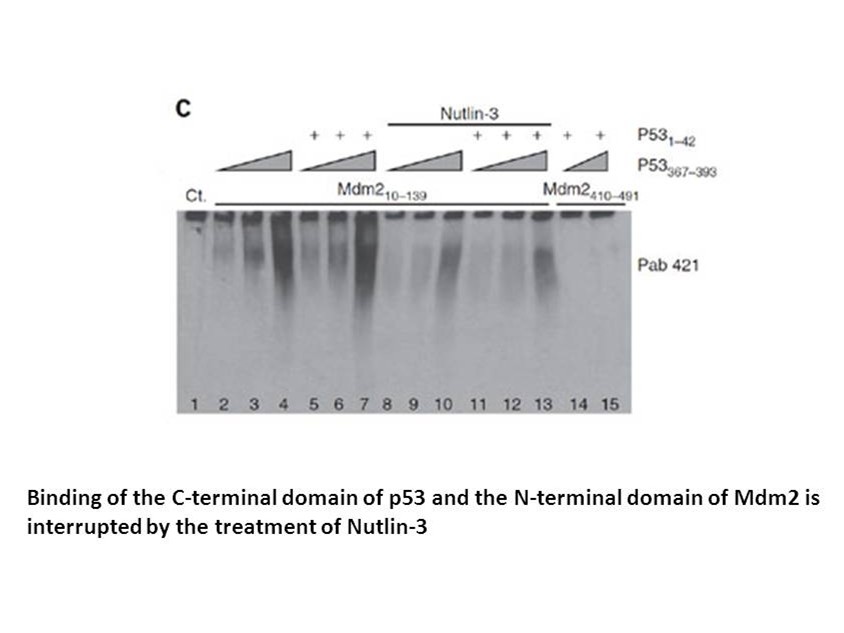
In an immunohistochemical analysis of 117 gastric cancer samples, reduced Cx43 and E-cadherin expression were shown to contribute to the development of primary gastric cancer; however, increased Cx43 and E-cadherin expression contributed to lymph node metastasis [13]. In primary urothelial KL 001 c
-
Receptor tyrosine kinases RTKs consist of subfamilies in hum
2022-07-22
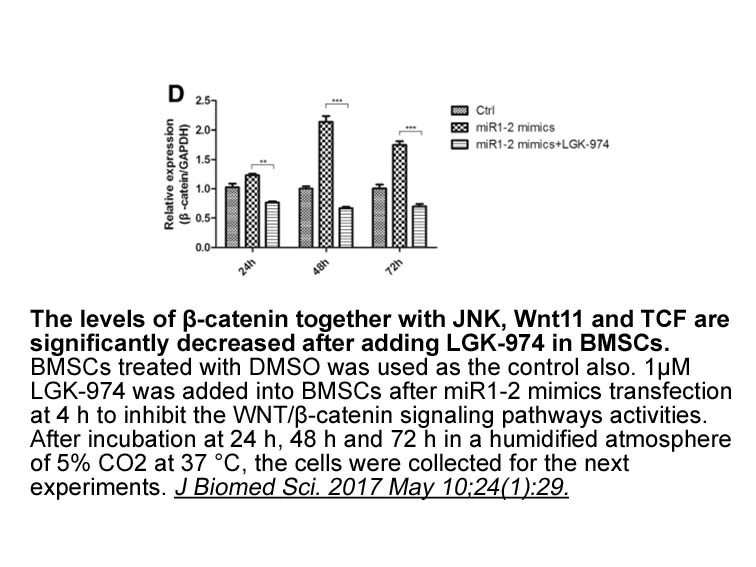
Receptor tyrosine kinases (RTKs) consist of 20 subfamilies in humans, all of which share a common structure consisting of extracellular ligand-binding region, a single-pass transmembrane domain and an intracellular tyrosine kinase domain [2]. Binding of a growth factor to the ligand-binding domain r
16372 records 414/1092 page Previous Next First page 上5页 411412413414415 下5页 Last page